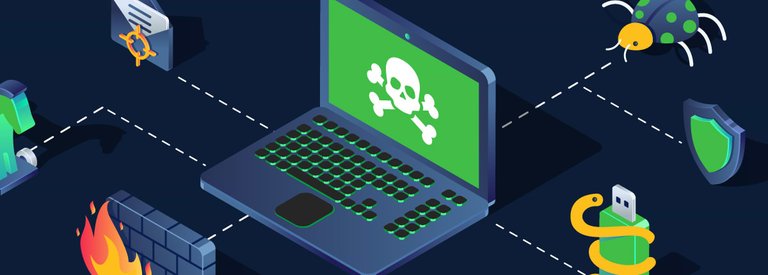In today's interconnected world, safeguarding digital assets has become paramount for individuals, organizations, and governments alike. As students delving into the realm of information security, it's crucial to understand the multifaceted nature of this field and the measures implemented to protect sensitive data from cyber threats.
Information security traces its roots back to the emergence of mainframe computers, where the primary focus was on physical controls to restrict access to sensitive military locations during World War II. Over the years, this field has evolved significantly, driven by advancements in technology and the ever-growing sophistication of cyber threats.

The protection of crucial components, such as hardware and systems that store, process, and transfer data, is one of the core ideas of information security. Policies, awareness campaigns, training sessions, educational projects, and technology advancements are all used to ensure this protection.
Understanding the different dangers that can jeopardize the integrity of digital assets is a crucial component of information security. These dangers cover a broad spectrum of malevolent actions, such as software assaults, intellectual property theft, identity theft, sabotage, and information extortion.

Software attacks pose a serious risk; the most prevalent types of malwares include viruses, worms, and trojan horses. Worms are self-replicating creatures that do not require host applications, whereas viruses can duplicate themselves and spread through host systems. In contrast, Trojan horses pose as trustworthy software in order to gain access to systems and do harmful tasks.
The more general term "malware" refers to invasive program codes intended to carry out harmful actions. Malware, including ransomware, spyware, and adware, can seriously jeopardize the privacy and security of digital assets by taking advantage of holes in systems and software.
Speaking of vulnerabilities, the Common Weakness Enumeration (CWE) and SANS Institute identify three main types: faulty defenses, poor resource management, and insecure connections between elements. Faulty defenses refer to ineffective security measures that fail to protect organizations from intruders, while poor resource management involves the inefficient allocation and utilization of resources within a system. Insecure connections between elements expose organizations to various threats, such as SQL injection and cross-site scripting.

Comprehending vulnerabilities is essential to properly evaluating and handling risks. Within the field of cybersecurity, risk pertains to the possibility of suffering loss or harm as a result of vulnerabilities being exploited. Through risk identification and prioritization, organizations may put in place the right policies to lessen threats and safeguard their digital assets.
Information security controls play a crucial role in mitigating risks and safeguarding digital assets. These controls come in various forms, including preventive, detective, corrective, access, procedural, technical, and compliance controls.
Preventive controls aim to avoid incidents of cybersecurity by proactively addressing vulnerabilities and implementing security measures. Detective controls, on the other hand, focus on identifying and detecting security breaches in real-time, allowing organizations to respond promptly to threats. Corrective controls help minimize the impact of cybersecurity incidents and restore critical business systems and processes.
Access controls encompass physical and logical measures to restrict unauthorized access to sensitive information and resources. Procedural controls involve policies, procedures, and training programs to promote awareness and compliance with security protocols. Technical controls include security mechanisms such as authentication systems, encryption tools, and firewalls. Compliance controls ensure adherence to relevant laws, regulations, and industry standards pertaining to information security.
To sum up, information security is a dynamic and intricate field that necessitates a thorough strategy for protecting digital assets. Students may help to the ongoing effort to protect sensitive information in an increasingly linked world by being aware of the many dangers, vulnerabilities, and controls.
Posted using Honouree
